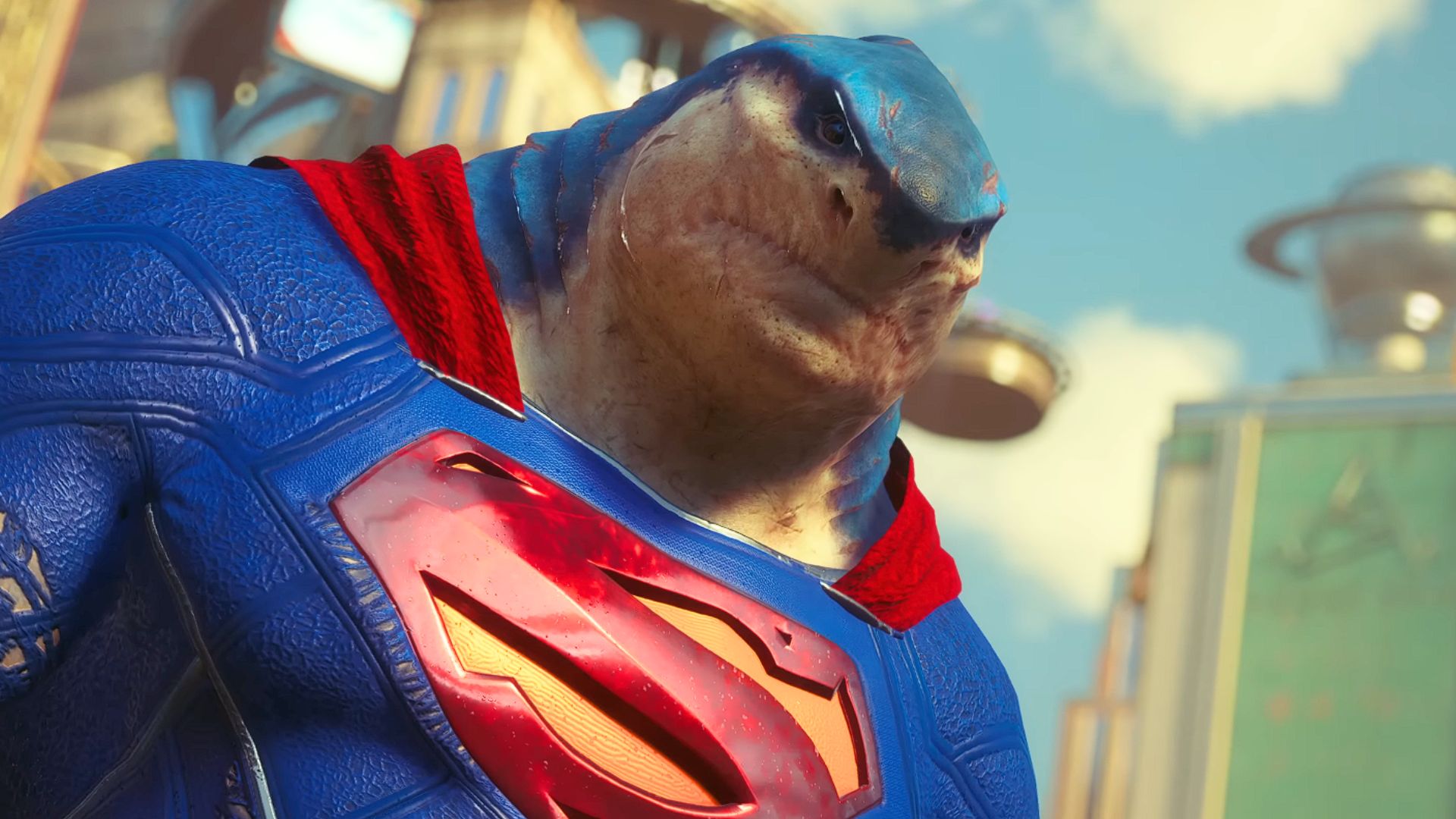Kill the Justice League Xbox One offers a unique take on the superhero genre, pitting players against iconic DC characters. The game’s reception has been mixed, with critics and players debating its innovative gameplay mechanics against its sometimes uneven execution. This review delves into the game’s strengths and weaknesses, exploring its narrative, character designs, and overall performance on the Xbox One platform.
From its challenging level design to its diverse roster of playable characters, Kill the Justice League presents a compelling, albeit flawed, experience for fans of action games and superhero enthusiasts. We’ll examine the critical consensus, analyzing player feedback on various aspects of the game, including graphics, storyline, and multiplayer modes (if applicable). This detailed analysis aims to provide a comprehensive overview for prospective players.
Kill the Justice League on Xbox One: A Deep Dive: Kill The Justice League Xbox One
Kill the Justice League, a superhero-themed action game, arrived on the Xbox One to a mixed reception. This analysis delves into various aspects of the game, examining its gameplay, characters, level design, and technical performance to provide a comprehensive overview of the Xbox One experience.
Game Overview and Reception, Kill the justice league xbox one
Kill the Justice League presents a unique twist on the superhero genre by placing players in the role of villains, tasked with taking down the iconic Justice League. Gameplay revolves around fast-paced combat, utilizing each character’s unique abilities to overcome challenges and defeat the League’s heroes. The narrative structure follows a linear path, with each level presenting a specific encounter or objective.
While the game received some praise for its innovative premise and action-packed gameplay, reviews were divided, with criticism often aimed at its repetitive level design and somewhat simplistic story.
Compared to other superhero games on the Xbox One, Kill the Justice League’s reception was less stellar than titles offering more robust narratives or deeper gameplay mechanics. Games like Injustice: Gods Among Us and Marvel vs. Capcom: Infinite generally garnered more positive reviews, boasting more polished visuals, deeper character customization, and more engaging story arcs. Player reviews frequently categorized the game based on its graphics (generally considered adequate but not groundbreaking), gameplay (fast-paced but repetitive), and story (simple and predictable).
Many players appreciated the unique concept, while others found the execution lacking. A common complaint was the lack of variety in enemy types and level design.
Character Analysis and Abilities

Kill the Justice League features a roster of playable characters, each possessing a distinct set of abilities and combat styles. For example, Lex Luthor might employ technological gadgets and strategic attacks, while Brainiac could use mind control and energy blasts. The design choices behind each character’s power set aimed to capture their iconic traits from the DC universe, translating their strengths and weaknesses into engaging gameplay mechanics.
However, the balance between characters was uneven, with some proving significantly more effective than others in combat.
| Character | Health | Damage | Speed | Special Ability |
|---|---|---|---|---|
| Lex Luthor | 75 | 60 | 50 | Exoskeleton Deployment |
| Brainiac | 80 | 70 | 40 | Mind Control |
| Cheetah | 60 | 80 | 70 | Superhuman Agility |
| Deathstroke | 70 | 75 | 65 | Master Swordsman |
Level Design and Challenges
The game’s levels, while visually distinct, often lacked significant variation in their design and challenges. Players frequently encountered similar obstacle types and enemy patterns throughout the game. Recurring challenges included navigating environmental hazards and defeating waves of Justice League members using specific strategies.
A hypothetical new level, “The Hall of Justice Infiltration,” could feature a multi-stage design. The first stage could involve stealth, requiring players to navigate laser grids and security cameras. The second stage would be a combat arena with various Justice League members. The final stage could be a boss fight against Superman in the Hall’s main chamber.
While many levels were fairly straightforward, some encounters, particularly boss battles, proved memorable due to their unique mechanics and challenging combat.
Multiplayer Aspects
Kill the Justice League did not feature a traditional multiplayer mode. The game was primarily designed as a single-player experience.
Technical Aspects and Performance
The game’s graphics were decent for its time, featuring stylized character models and environments. The performance on the Xbox One, Xbox One S, and Xbox One X was generally consistent, with minimal frame rate drops reported. However, some players experienced minor glitches and bugs, mostly related to collision detection and enemy AI. The soundtrack and sound effects were adequate, although not particularly memorable or noteworthy.
Comparison with Other Games
Compared to other superhero games released around the same time, Kill the Justice League fell short in terms of overall polish and depth. While its unique premise offered a fresh perspective, the execution lacked the refinement and innovation of competitors. The game’s simple story and repetitive gameplay paled in comparison to more narrative-driven titles. Potential improvements could include a more diverse range of levels, a more compelling storyline, and a greater emphasis on character customization.
Notice liverpool 24/25 for recommendations and other broad suggestions.
| Game | Narrative | Gameplay | Graphics |
|---|---|---|---|
| Kill the Justice League | Simple, linear | Repetitive, fast-paced | Adequate |
| Injustice: Gods Among Us | Complex, branching | Varied, strategic | Excellent |
| Marvel vs. Capcom: Infinite | Story mode present, but not central | Fast-paced, combo-heavy | Excellent |
Ultimately, Kill the Justice League on Xbox One delivers a compelling, if uneven, experience. While its innovative premise and character designs shine, certain technical shortcomings and narrative inconsistencies hold it back from true greatness. Whether it’s a must-have title depends heavily on individual preferences and tolerance for its flaws. However, its unique approach to the superhero genre warrants attention, especially for players seeking a less conventional take on the familiar formula.

